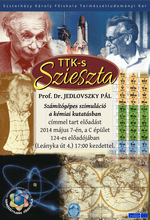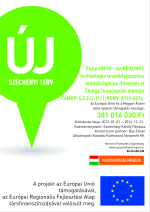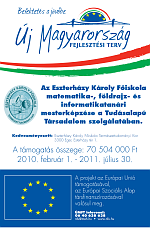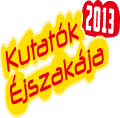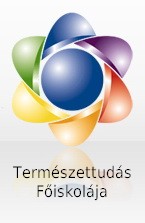Helyszín: A épület díszterem
Az előadás összefoglalója:
The outsider sees mathematical notation as a completely precise and unambiguous notation.
The mathematician knows that the notation is context-dependent, and (2,4) might be an open interval, an ordered pair, a transposition, or even a g.c.d. computation. What is not so obvious is that a mathematics to speech system has to speak (2,4) in (at least) four different ways if the hearer is to be given a fair chance of understanding the mathematics.
The sign = is (in English: languages differ) normally pronounced equals, but in =O(n) it is pronounced is.
The computer scientist who looks at mathematical notation realises that two-dimensional parsing is needed, and discovers there is very little literature, and no good algorithms. Even if we ignore the two-dimensional problems, we note that even juxtaposition can be lexical combination, function application, multiplication or even addition.
What, then, is the state of computer processing of mathematical notation?

